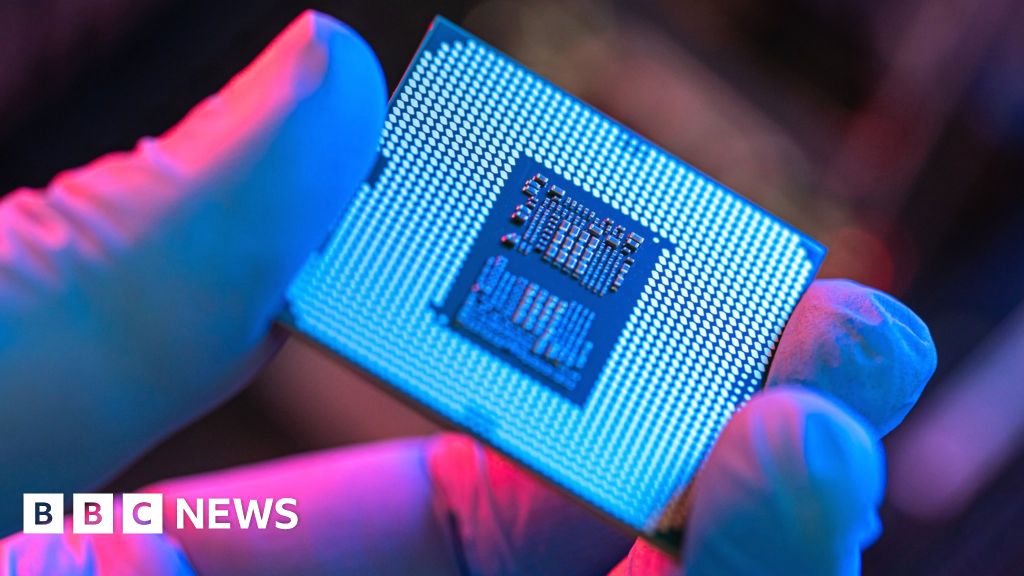Townyj
Ermahgerd
Is it disappointing that we don't have Pose or Gesture recognition?
View attachment 24551
Did you not read the info above..?? It includes all those now.
Is it disappointing that we don't have Pose or Gesture recognition?
View attachment 24551

Any one passed this on to Micklepickle so he understands that if he was a true financial investigative journalist and had sought comments from Intel this is what they would have said and he would have had a world exclusive story all of his very own with only half being plagiarised from the Brainchip press release.Intel spreading the word
Likes include personnel from Intel, Cadence, TSMC, Qualcomm, Synopsys, Samsung, SiFive and RISC-V
View attachment 24557
View attachment 24558
View attachment 24560
View attachment 24559

#processorarchitectures #neuromorphic #ai #iamintel #intelfoundry | Suk Lee
Our industry is experiencing an exciting stage in the evolution of #processorarchitectures that drive application specific workloads. We are glad to have BrainChip add a very unique set of #neuromorphic #AI IPs to IFS IP Alliance portfolio. https://lnkd.in/gJe62run #iamintel #intelfoundrywww.linkedin.com
Intel spreading the word
Likes include personnel from Intel, Cadence, TSMC, Qualcomm, Synopsys, Samsung, SiFive and RISC-V
Nice LinkedIn repost by an Intel director with over 22k followers
View attachment 24567
View attachment 24568


As a result of a call to the Police Assistance Line by a member of TSEx the Police have updated the list of Cult members to include a medical research sect named Biotome.ARM
BIOTOME
EDGE IMPULSE
INTEL
ISL
MEGACHIPS
MERCEDES BENZ
MOSCHIPS
NASA
NUMEN
NVISO
PROPHESEE
RENESAS
SiFIVE
SOCIONEXT
VALEO
POLICE HAVE ADVISED THAT THE ABOVE NAMED ENTITIES ARE MEMBERS OF THE AKIDA CULT AND ARE LIKELY TO ATTRACT GENUINE RETAIL INVESTOR INTEREST.
CARE SHOULD BE TAKEN WHEN ESTABLISHING SHORT AND OR TRADING POSITIONS.
So you're not leaving WA anytime soon then?Yeh, I was never going to get much support arguing with FF.
Talk about David vs Goliath
FF is a very reasonable fella so I’d imagine he’d be ok with messages outside of the typical “yes sir, 3 bags full”. That’s what makes this forum so great.
That and the fact hell will freeze over before I buy you a beer.
